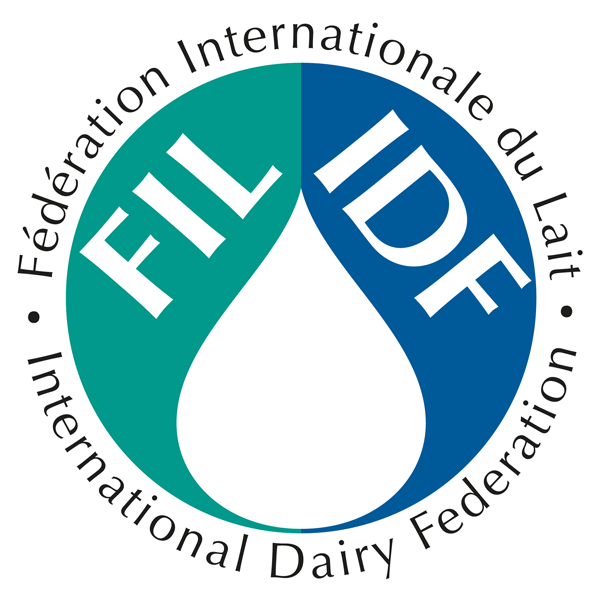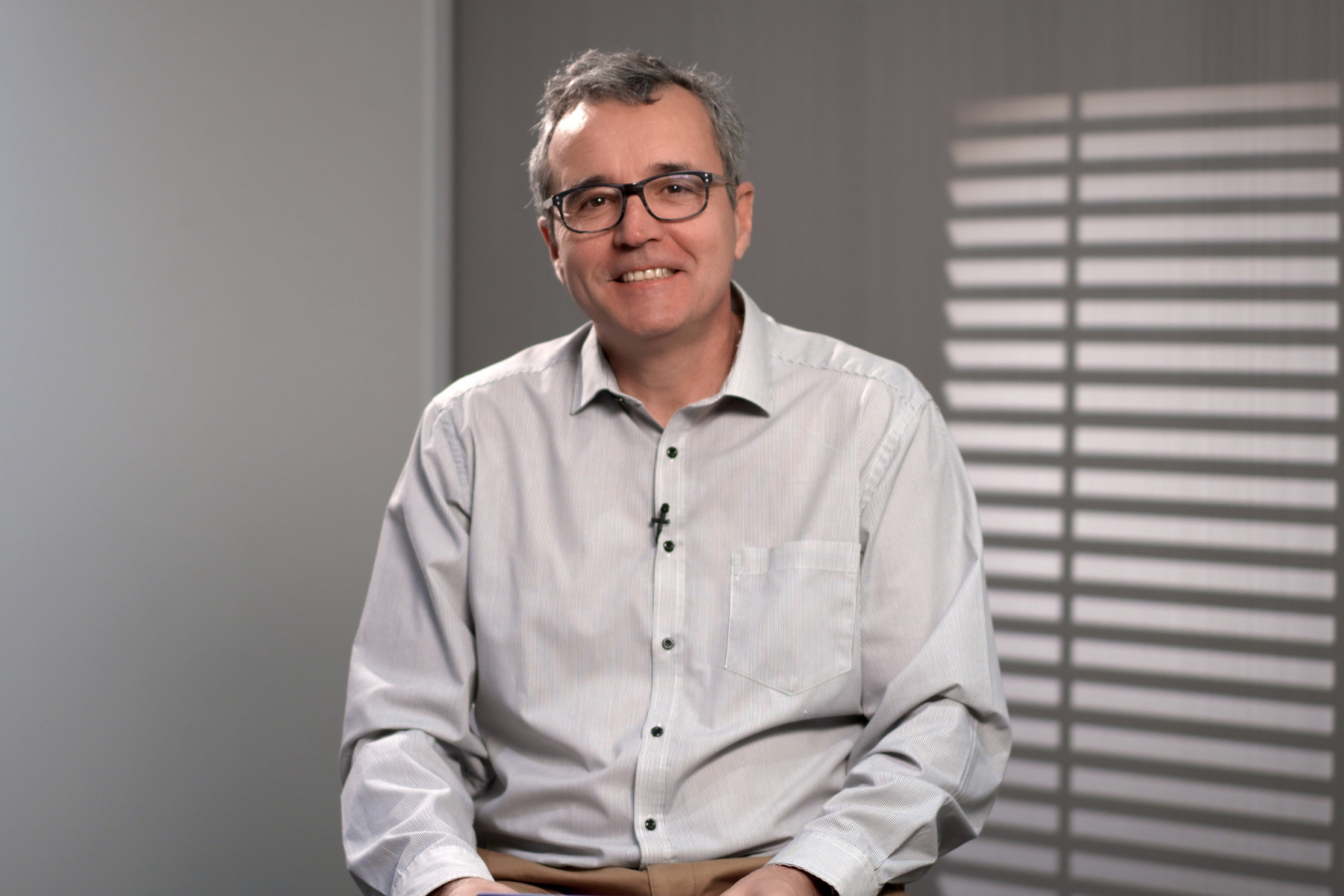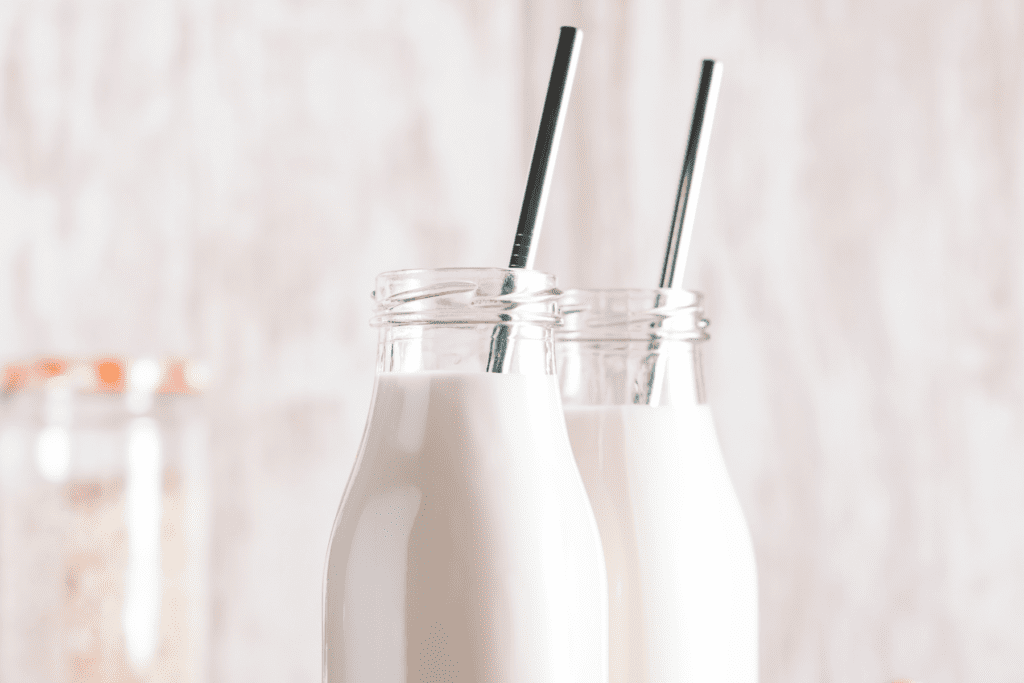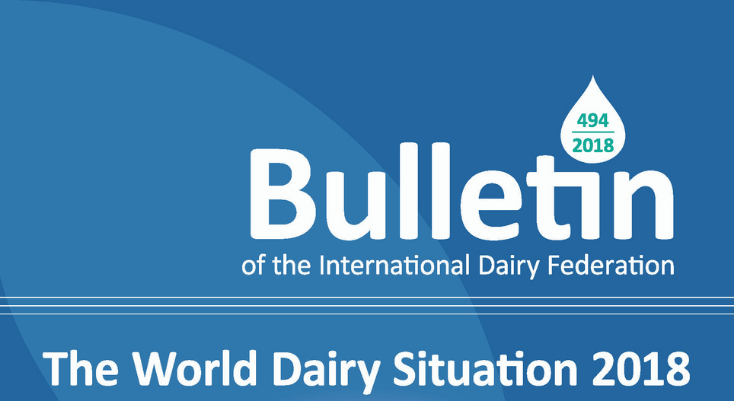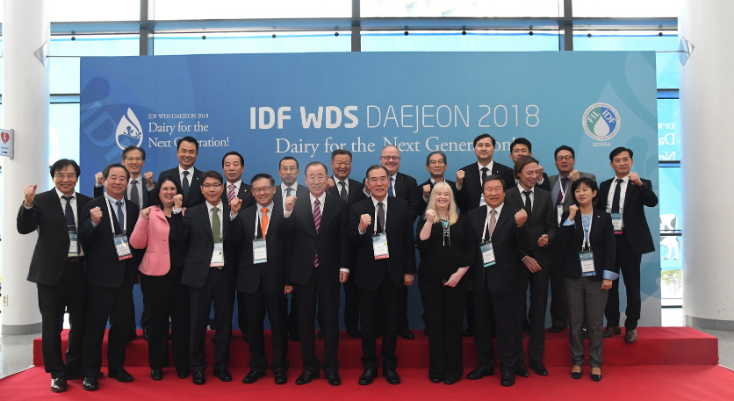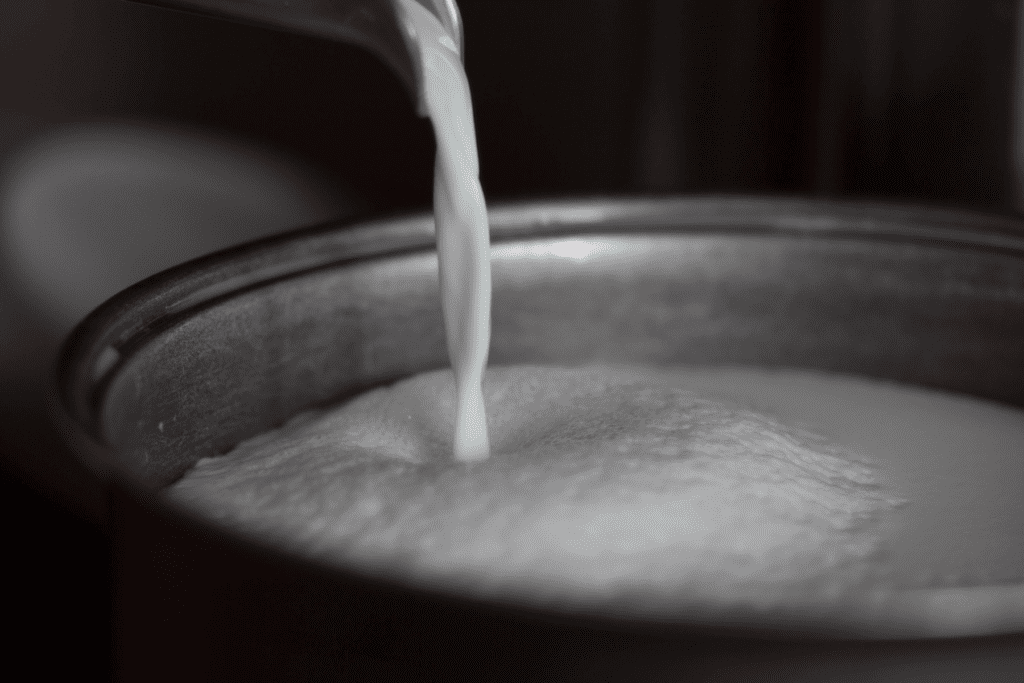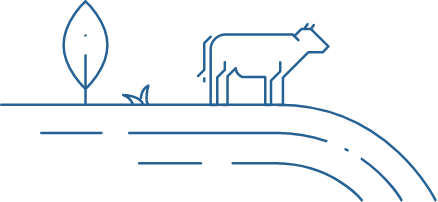The exhaustion of natural resources and the challenge to feed the world may be long-term socio-environmental challenges, but they have little impact on short-term food price development, said Mr Benoit Rouyer, an economist at CNIEL, France.
In his presentation at a conference on Dairy Policies and Economics on 16 October at the IDF World Dairy Summit 2018 in Daejeon, South Korea, Mr Rouyer will discuss his perspective on short-term market developments which are disconnected from structural challenges.
Citing the case of China, he noted that after years of steady growth, the decrease in Chinese milk imports in 2015 was unpredictable. And in 2014, Mr Rouyer pointed out that Russia placed a ban on food imports, which was difficult to anticipate.
Nevertheless, he noted that a few features that characterize the global environment may help dairies to orientate their strategy.
Mr Rouyer stated that the global market for dairy products has been steadily increasing from around 270 billion euros in 2007 to 427 billion euros in 2017. He said market opportunities lie largely in the Asia Pacific region fuelled by population growth and increased purchasing power of the middle class. He said other market prospects are in Latin America, Africa and the Middle East.
Mr Rouyer also noticed new marketing trends in the food and beverage sector.
“Natural and ethical claims on new food and drink product launches are on the rise with claims of organic or natural products, with no additives and preservatives, and which are also GMO-free,” explained Mr Rouyer. “Manufacturers are also paying greater attention to ethical and environmental issues, such as environmentally-friendly packaging, as well as animal and human welfare,” he added.
Mr Rouyer said today’s business growth is propelled by global expansion to capitalize on market opportunities and product segmentation in respective countries.
“Internationalisation is a key development factor for dairy leaders,” said Mr Rouyer, citing the case of Nestlé’s worldwide investment strategy over the past few years in all corners of the world, with dairy plants in 53 countries, while Lactalis has dairy plants in 47 countries.
Not to be outdone are dairy groups in emerging markets which are expanding their industrial bases abroad.
“Improved living standards in emerging countries have fostered both the internationalisation of Western dairy groups and the appearance of local dairy leaders in emerging economies,” explained Mr Rouyer.
He said Mexico’s Lala bought Brazilian group Vigor last year, adding nine dairy plants to its industrial assets to expand its reach beyond the US, Costa Rica, Guatemala and Nicaragua.
In Southeast Asia, Mr Rouyer said Vietnam’s Vinamilk acquired a 51% stake in the Lao-Jagro Development Xiengkhouang Co. in July this year to get a foothold into the Lao market through the establishment of an organic dairy farm in a Japanese joint-venture. This move will increase Vinamilk’s footprint in the Mekong region following its earlier inroad into Cambodia in 2016 with a 51% stake in Angkor Dairy Products Co. which was fully acquired last year by Vinamilk.
Mr Rouyer observed a rise in investments in cheese production in the US, Russia and Ireland in the past year to meet increasing demands from Asia, while New Zealand and Ireland announced local multi-million-dollar investments in dry dairy ingredient factories to catch the wave in global demand driven by a surge in consumption.
